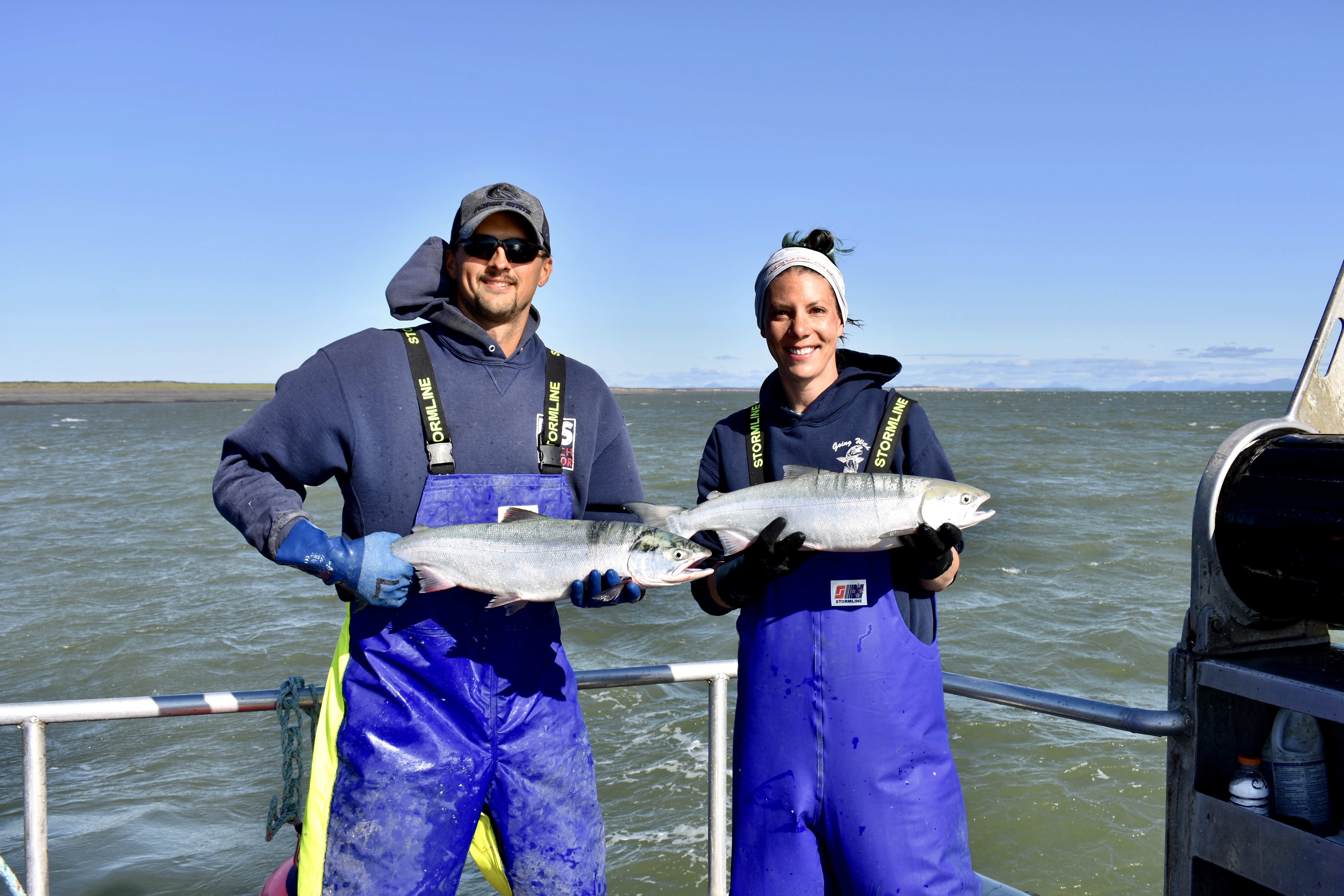Alaska’s salmon industry stood poised to fill hungry markets as the season began. On tap for Bristol Bay, the Alaska Department of Fish and Game has projected a harvest of 37.4 million sockeyes. If that pans out, the bay harvest will account for 80 percent of the statewide projection of 46.6 million sockeyes.
At a potential harvest of 124.2 million fish, the pink salmon season should be no slouch either. That’s double last year’s 60.7 million pinks and will push this year’s total harvest of all species to more than 190 million fish.
Last year’s canned salmon markets were already starving for product in the preamble of the pandemic, and demand for canned salmon surged even higher as the world went into shutdown and stock-up mode. With limited canning capacity among processors and skeleton crews prepping salmon for fillets to be distributed fresh or frozen, the bulk of the harvest went into freezers in its H&G form. Some fishermen were forced to stop fishing until their respective processors caught up with huge volumes that had been delivered.
“There were shutdowns with some processors,” says Harry Moore, longtime commercial gillnetter in Bristol Bay. “Some folks missed several tides.”
Though fishermen worried that the higher volume of H&G product and the lower volume of value-added sockeyes would hurt end pricing and ripple its way back to ex-vessel pricing, many processors paid retroactive settlements far beyond the base price of 70 cents per pound.
Many fishermen received icing, refrigeration or delivery incentives that put them up to around 90 cents per pound. Loyalty in delivering to particular companies yielded settlements of around 20 cents per pound for fishermen delivering 100,000 pounds and up to 40 cents for fishermen giving processors 300,000 pounds or more.
Already in April, processors in Bristol Bay and elsewhere around the state had written policies and protocols for operations, most of which were in compliance with the local communities in which they operate.







